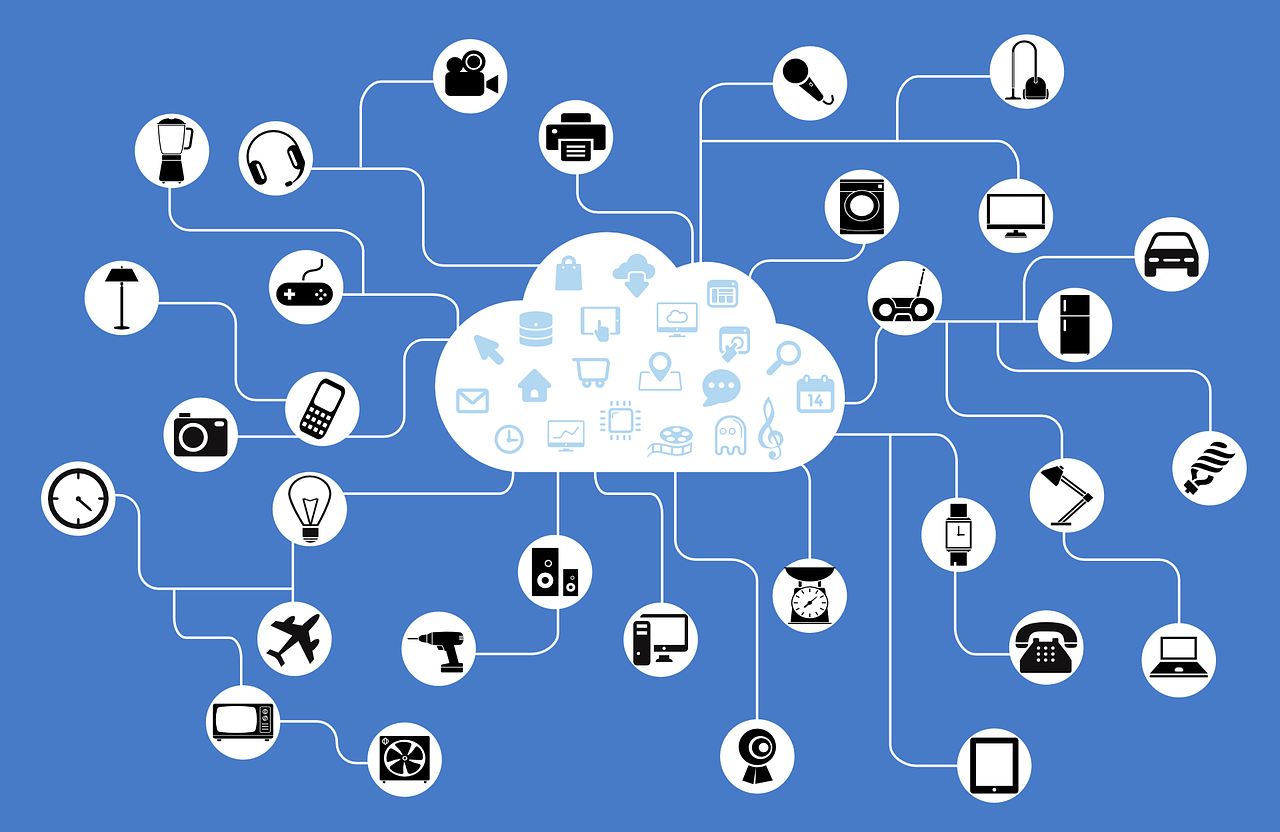Looking at an IoT app, you might get tempted to believe that it is as simple as ABC, but it is far more complicated. It takes a lot of skill and experience to create a wonderful digital user experience which is why if you are looking to build an IoT application, then read on for more information.
What is an IoT application?
For most of us who do not know much about it, an IoT app, also known as the internet of things application, is a device with software, a sensor, and other forms of technology allowing the proper connection and exchange of information with other systems over other networks or the internet).
How to Build an IoT application?
From our definition of the IoT application, it looks pretty simple, but a lot is going into it than writing down the name of the application and hoping that it does its job. For those familiar with mobile app development, some information here might not sound strange, but getting it right would require total concentration from the design prototype to coding, testing, and maintenance. So here are the steps to create an IoT app.
1. Decide whether you want to start from scratch or not
The first thing you need to consider when building IoT applications is deciding how you want to start (either from scratch or using a simple and ready-to-use SaaS platform. Many SaaS-based platforms out there take care of the data processing at the backend; however, all you need to do is ensure that the platform you use allows you to work within the right boundaries. You also need to ensure that the platform has the following:
- The right network protocols.
- Hardware support
- The right cloud architecture.
- Proper scalability when it comes to the amount of data you can process per time.
2. Ensure your IoT app is secure right from the start
Most of the time, building IoT applications involves framing different mini-ecosystems for use, which means that there have to be multiple layers of security there right from the start. Some of the important security protocols to be sued here are:
- Data encryption: using the right encryption frameworks ensures that every sensitive information is secure.
- User authentication like strong password policies, face ID and 2-factor authentication.
- Implement the right data management principles.
3. Ensure that all of the components of your IoT products are tested
Once you have decided to build an IoT app from scratch or use a SaaS platform of your choice and ensure that the right security protocols are in place, the next thing you need to do is test your IoT product. Testing occurs on different levels, and this has to be done with specific customers who can give you the right feedback. You need to test for the following:
- Test the design and the app prototype with customers.
- Using the right tools, translate the right design into code.
- Testing the application in a live environment.
4. Deploy
Once you have done everything you need to build IoT device apps, deployment is the final piece of the puzzle. This is done by transferring your completed app to a live server such as the Google Play store and the iOS apple store, where the verification process will be completed. You need to ensure that you have DevOps practices and tools set up when you deploy your IoT apps on these live servers for the best results.
5. Maintenance
Building IoT applications is great, but it is not the end of everything. You need to also conduct proper maintenance of your apps in the place of updates. These updates help correct certain errors made from the start and ensure that your application is secure.
Bottom Line
If you are looking to build an IoT application, here’s everything you need to do to get the results you are looking for. Of course, you might make some changes based on your personal preferences, but the information provided in this article makes the building process a lot easier.
